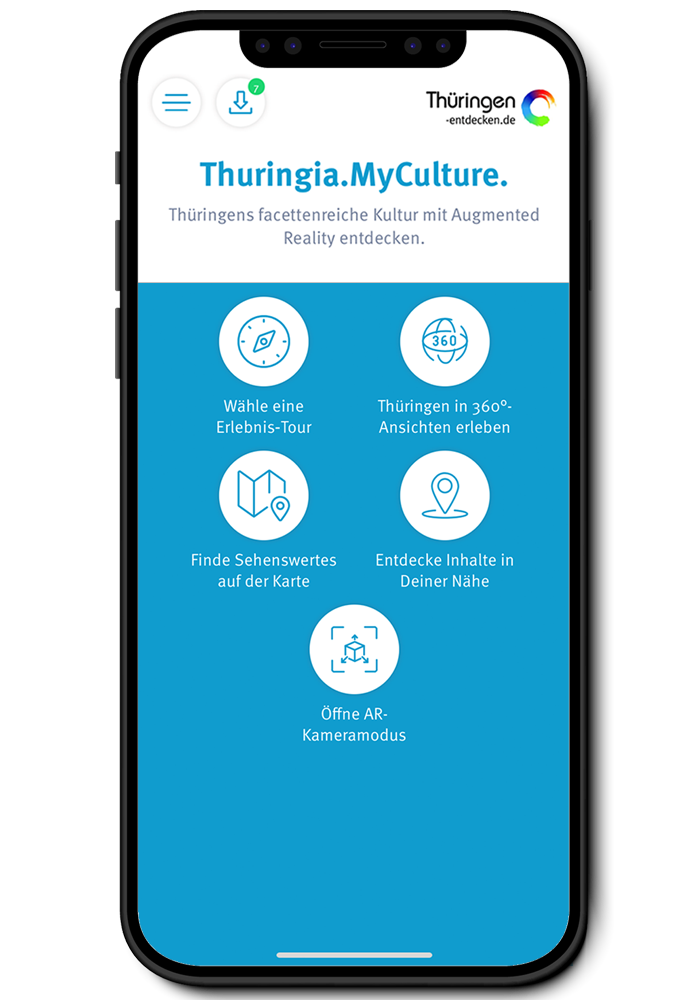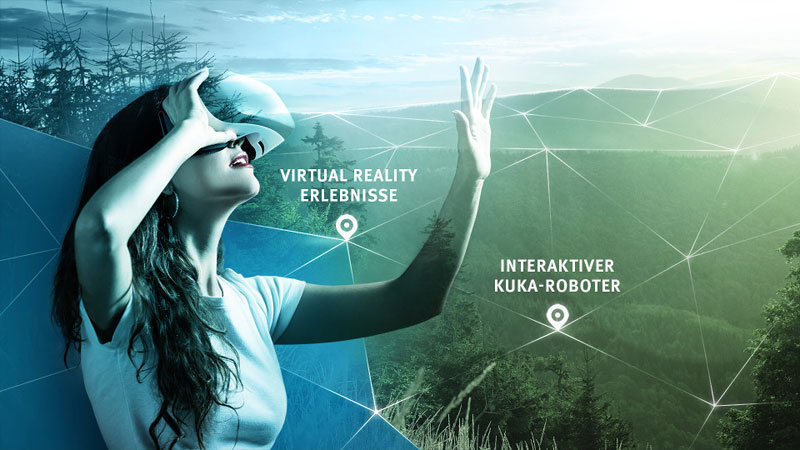Visit the state capital Erfurt and go on a virtual discovery tour through Thuringia.
UNESCO World Heritage Sites in Thuringia
Brazen combinations
Culture and Heritage
Very briefly sorted and explained
UNESCO World Heritage Sites
UNESCO Biosphere Reserves
UNESCO Memory of the World
In 2003, UNESCO adopted the Convention for the Safeguarding of the Intangible Cultural Heritage. Germany acceded to the Convention in 2013. In addition to the confirmed cultural expressions, a list of expressions in urgent need of preservation is maintained (currently 59 entries). There are also a number with model projects in which the objectives of the Convention are being implemented in an exemplary manner. Examples of intangible cultural heritage in Germany are falconry (2016 together with 17 other countries) or organ building and organ music (2017) or the game of skat (2016). In addition to the federal inventory, there is a Thuringian state inventory. Entries in it include the kindergarten idea according to Froebel, the watercress, the garden gnomes from Gräfenroda or the Thuringian sausage culture.





















